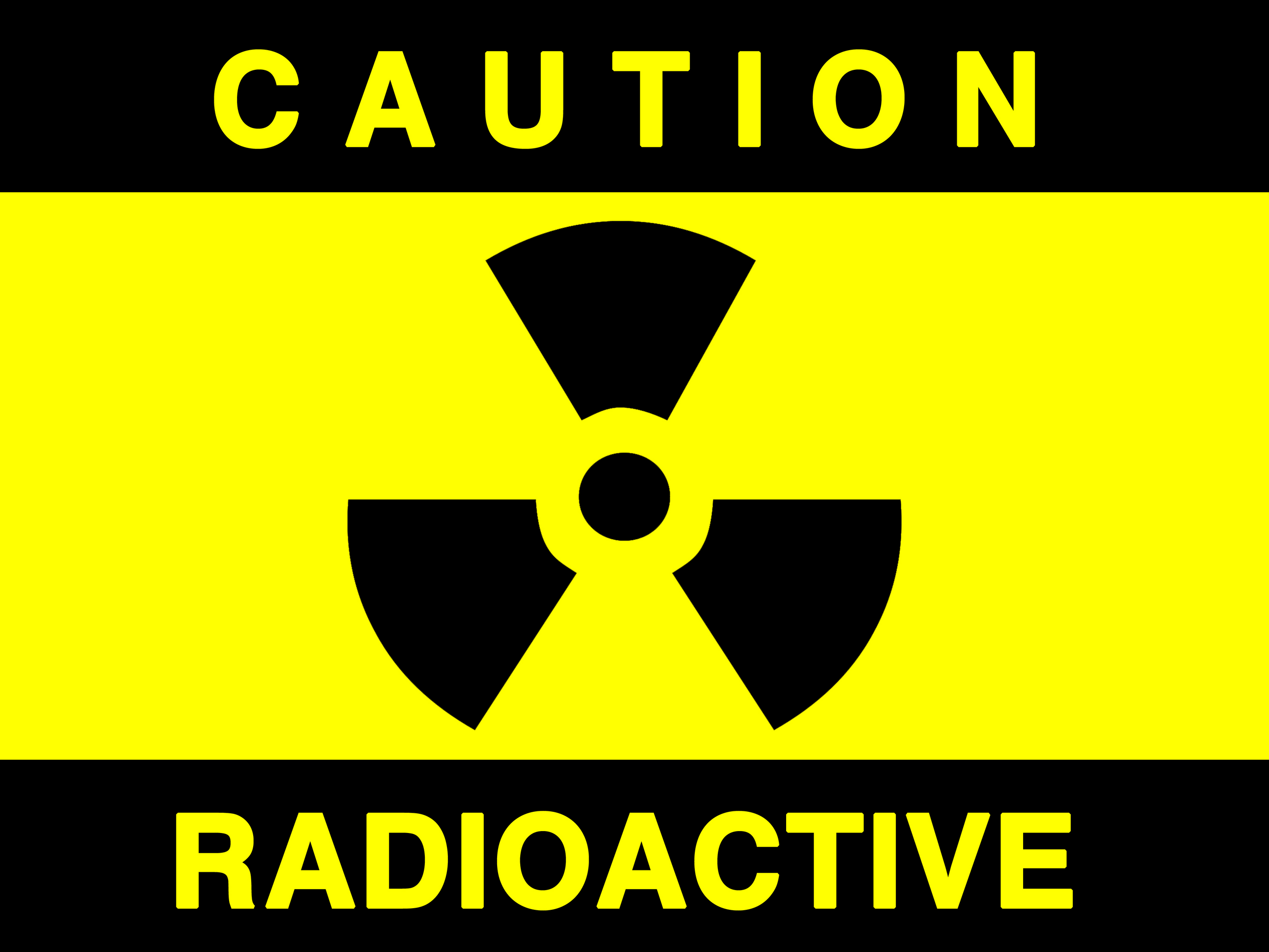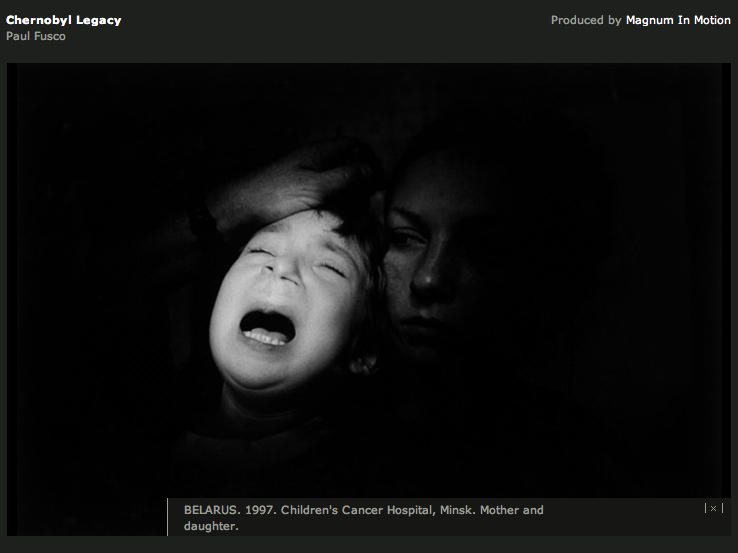
FORBES: Drinking water from Philadelphia contained the highest levels of Iodine-131 from Japan yet detected by the Environmental Protection Agency, according to data released by EPA Saturday. The Philadelphia sample is below the EPA’s maximum contaminant level (MCL) for iodine-131. The EPA’s MCL for iodine-131 is 3 picoCuries per liter. Three drinking water samples collected in Philadelphia on April 4 contained Iodine-131, according to Saturday’s data release: A sample from the city’s Queen Lane Treatment Plant showed 2.2 picoCuries per liter—the highest concentration in EPA’s drinking water data so far. MORE
RELATED: Every government agency involved in radiation monitoring—the EPA, FDA, USDA, NRC, CDC, etc.—has stressed that the radiation now reaching the United States has been found at levels thousands of times lower than standards of health concern. When it found iodine-131 in drinking water samples from Boise, Idaho and Richland, Washington this weekend, the EPA declared:
An infant would have to drink almost 7,000 liters of this water to receive a radiation dose equivalent to a day’s worth of the natural
background radiation exposure we experience continuously from natural sources of radioactivity in our environment.”
But not everyone accepts the government’s reassurances. Notably, Physicians for Social Responsibility has insisted there is no safe level of exposure to radionuclides, regardless of the fact that we encounter them naturally. MORE
PHYSICIANS FOR SOCIAL RESPONSIBILITY: “There is no safe level of radionuclide exposure, whether from food, water or other sources. Period,” said Jeff Patterson, DO, immediate past president of Physicians for Social Responsibility. “Exposure to radionuclides, such as iodine-131 and cesium-137, increases the incidence of cancer. For this reason, every effort must be taken to minimize the radionuclide content in food and water.” MORE
RELATED: Horrifying Photos Of The Children Of Chernobyl

[Click image to activate Internets]
WARNING: VERY INTENSE
